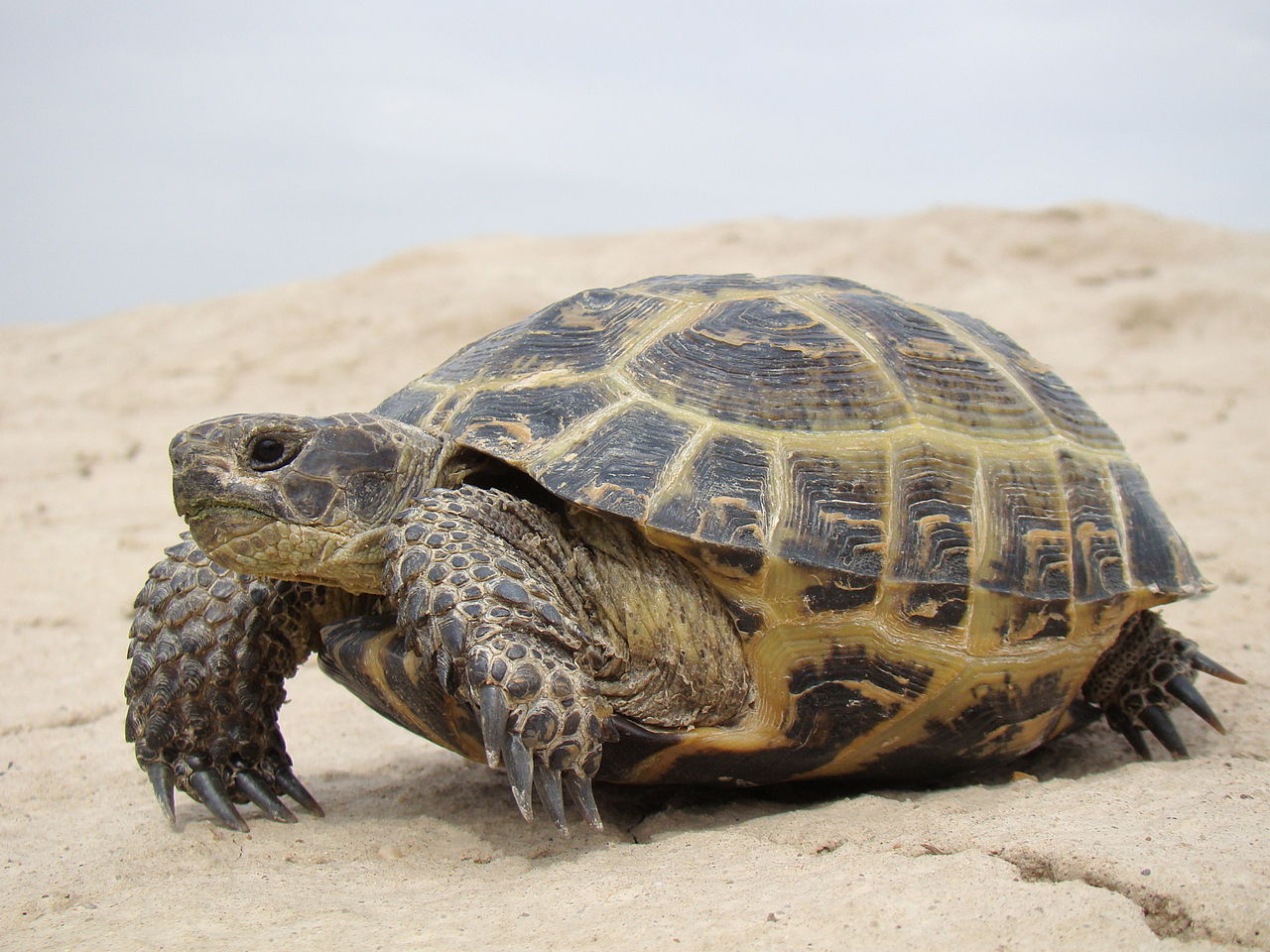
News Editor Aneesa Ahmed looks at one of the longer-lived inhabitants of the Russian steppe, with a rather stellar history
The Russian tortoise, also commonly known as the Afghan tortoise, the Central Asian tortoise, Horsfield’s tortoise, and the steppe tortoise are a species of Tortoise native to Central Asia.
This tortoise’s habitat consists of dry steppe and it prefers dry areas with sparse vegetation.
They are currently a threatened species, a key factor for this is being the human activity in their native habitat.
They are a small species of tortoise, with a size range of 13–25 cm (5–10 in). Females are often larger than males so that they can accommodate more eggs, and average between 15 and 25cm.
“They are currently a threatened species
They spend long months hibernating, with some reports showing they can hibernate up to 9 months a year. They also have a life expectancy of up to 100 years. Russian tortoises are also diurnal, and are mostly active during the day and sleep for long hours.
During the space race, two Russian tortoises circled the moon and returned safely to Earth on the Russian Zond 5 mission.
Russian tortoises have now become popular pets due to their easy maintenance and plant based diet. Their captive diet typically consists of dandelions, lettuce and other dark leafy greens.

Comments